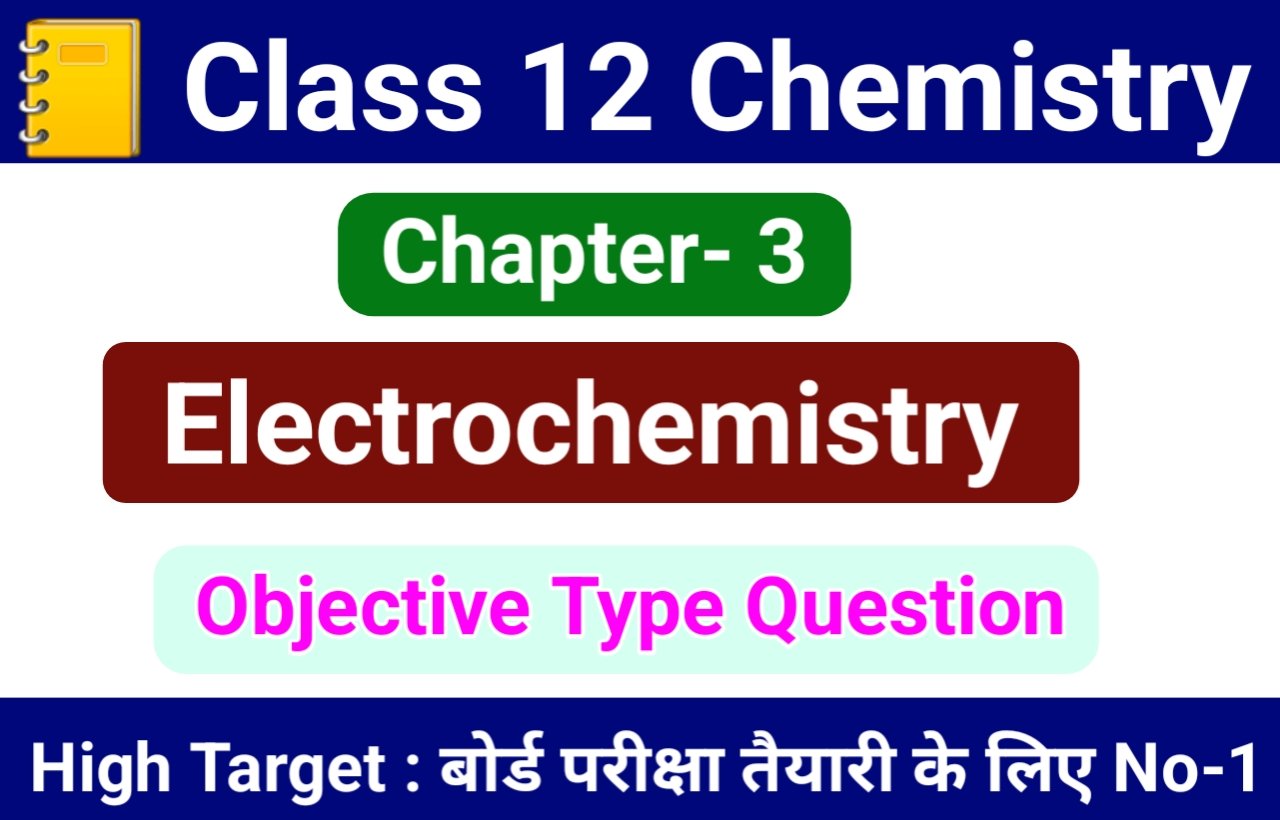13. AMINES
13. AMINES
Q. 1. Alkyl Amines are stronger base than Ammonia.
Ans. The inductive effect of attached carbon chain to an amine will raise the energy of the lone pair or the nitrogen, because carbon. On amines will withdraw less electron density from an atom of interest that hydrogen (in ammonia). That explain why alkyl amines are stronger bases than ammonia.
Q. 2. Ethylamine is more basic than Aniline.
Ans. Because, less electron is available in the nitrogen atom in C6H5NH2. It can easily dissociate to donate a proton, H+ by breaking – N – H bond in the amine group that attach to phenyl group. Hence ethylamine is more basic than aniline.
Q. 3. Alkyl amines are stronger bases than ammonia and aryl amines,
Ans. Alkylamines are stronger bases than ammonia and arylamines. This can be explained by the fact that alkyl groups are electron-releasing relative to hydrogen and thus provide greater electron availability at nitogen. On the other hand, arylamines are weaker than ammonia as the aromatic ring in these compounds is electron withdrawing as compared to hydrogen and thus reduces the electron density at nitrogen.
Q. 4. Amines are less acidic than alcohols of comparable molecular masses.
Ans. Oxygen is more electronegative than nitrogen and its atom is smaller than that of nitrogen. As a result, it pulls the bonding electrons of the O-H bond towards itself. This imparts acidic character (though very weak) to the alcoholic hydrogen. In the case of amines. N – H bond is not as polar as O -H bond. As a result, N atom tends to pick up a proton at its lone-pair of electrons rather than push the H-atom out as a proton.
Q.5. Aliphatic amines are stronger bases than aromatic amines.
Ans. In aromatic amines (or aryl ainines), the – NH2 group is directly bonded to the aromatic ring. Aromatic ring is electron withdrawing. The alkyl group in aliphatic amines is electron releasing. So, the presence of aromatic ring reduces the electron density at N atom and the presence of alkyl group in aliphatic amines increases electron density at the N atom. This makes the aryl amines/aromatic amines weaker bases than the aliphatic amines.
Q. 6. Write IUPAC names of the following compounds and classify them into primary, secondary and tertiery amines.
(i) (CH3)2 CHNH2, (ii) CH3 (CH2)2 NH2, (iii) CH3NHCH (CH3)2, (iv) (CH3)3 CNH2, (v) C6H5NHCH3, (vi) (CH3CH2)2 NCH3, (vii) mBrC6H4NH2.
Ans.


Q. 7. Arrange the following:
(i) In decreasing order of the pKb values :
C2H5NH2, C6H6NHCH3, (C2H5)2 NH and C6H5NH2
(ii) In increasing order of basic strength :
C6H5NH2, C6H5N (CH3)2, (C2H5)2 NH and CH3NH2
(iii) increasing order of basic strength
(a) Aniline, p-nitroaniline and p-toluidine
(b) C6H5NH2, C6H5NHCH3, C6H5CH2NH2
(iv) In decreasing order of basic strength in gas phase
C2H5NH2, (C2H5)2 NH, (C2H5)3 N and NH3
(v) in increasing order of boiling point
C2H5OH, (CH3)2 NH, C2H5NH2
(vi) Increasing order of solubility in water
C6H5NH2, (C2H5)2 NH, C2HNH2
Ans.
(i) In decreasing order of pkb values
C6H5NH2 > C6H5NHCH3 > C2H5NH2 > (C2H5)2NH.
(ii) In increasing order of basic strength
C6H5NH2 < C6H5N(CH3)2 < CH3NH2 < (C2H5)2NH
(iii) Increasing order of basic strength
(i) p-nitroaniline < aniline < p-toluidine.
(iv) Decreasing order of basic strength in gas phase.
(C2H5)3 N > (C2H5)2 NH > C2H5NH2 > NH3.
(v) Increasing order of boiling point
(CH3)2 NH = C2H5NH2 < C2H5OH
(vi) Increasing order of solubility in water
C6H5NH2 < (C2H5)2NH < C2H5NH2
Q. 8.Classify the following amines as primary, secondary or tertiery :

(iii) (C2H5)2 CHNH2
(iv) (C2H5)2 NH.
Ans. (i) Primary amine,
(ii) tertiery amine,
(iii) Primary amine,
(iv) Secondary amine.
Q. 9. What is a coupling reaction ?
Ans. The reaction of of diazonium salts with phenols in basic medium (pH 9-10) and with amines in acidic medium (pH 4-5) to give corresponding azo (- N = N -) dyes is called coupling reaction.
Q. 10. Name one chemical test to distinguish between an aromatic primary amine and an aliphatic primary amine.
Ans. Azo dye test.
Q. 11. What is the directive influence of the amino group in arylaminés ?
Ans. o, p-directing.
Q. 12. Mention two important uses of sulphanilic acid.
Ans. It is used in the manufacture of (i) dyes, (ii) Sulpha drugs.
Q. 13. Aniline gets coloured on standing in air for a long time. Why ?
Ans. Due to strong electron donating effect (+ R effect) of NH2 group, the electron density on the benzene ring increases. As a result, aniline is easily oxidized on standing in air for a long time to form coloured products.

